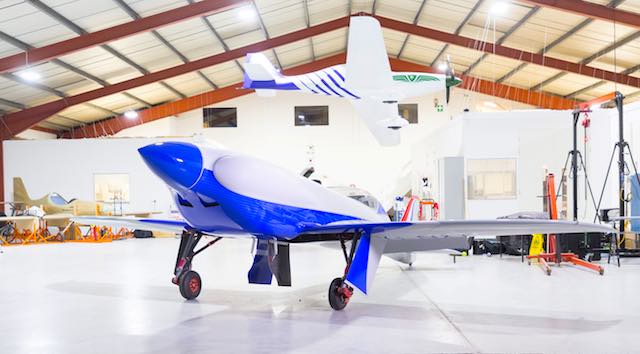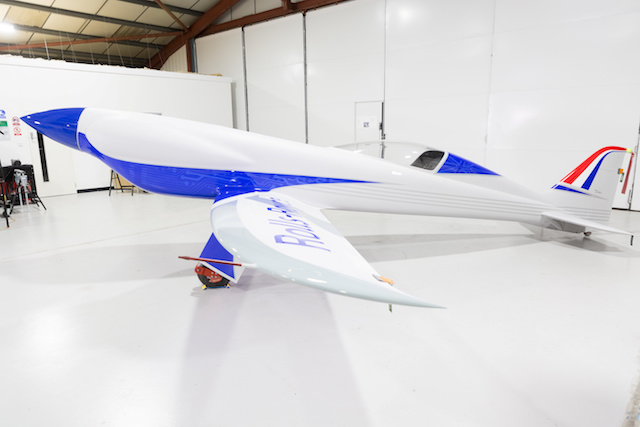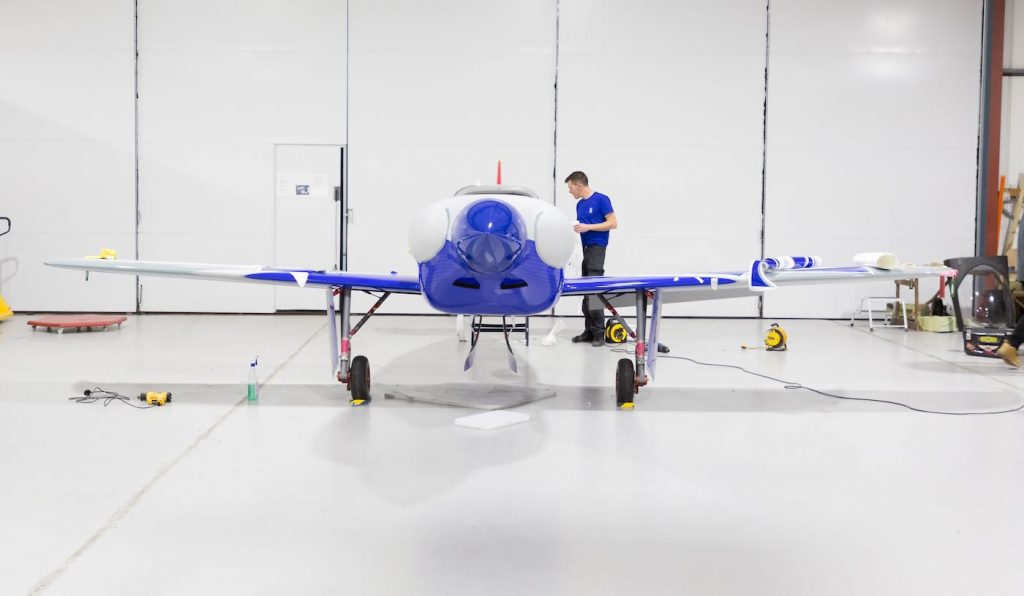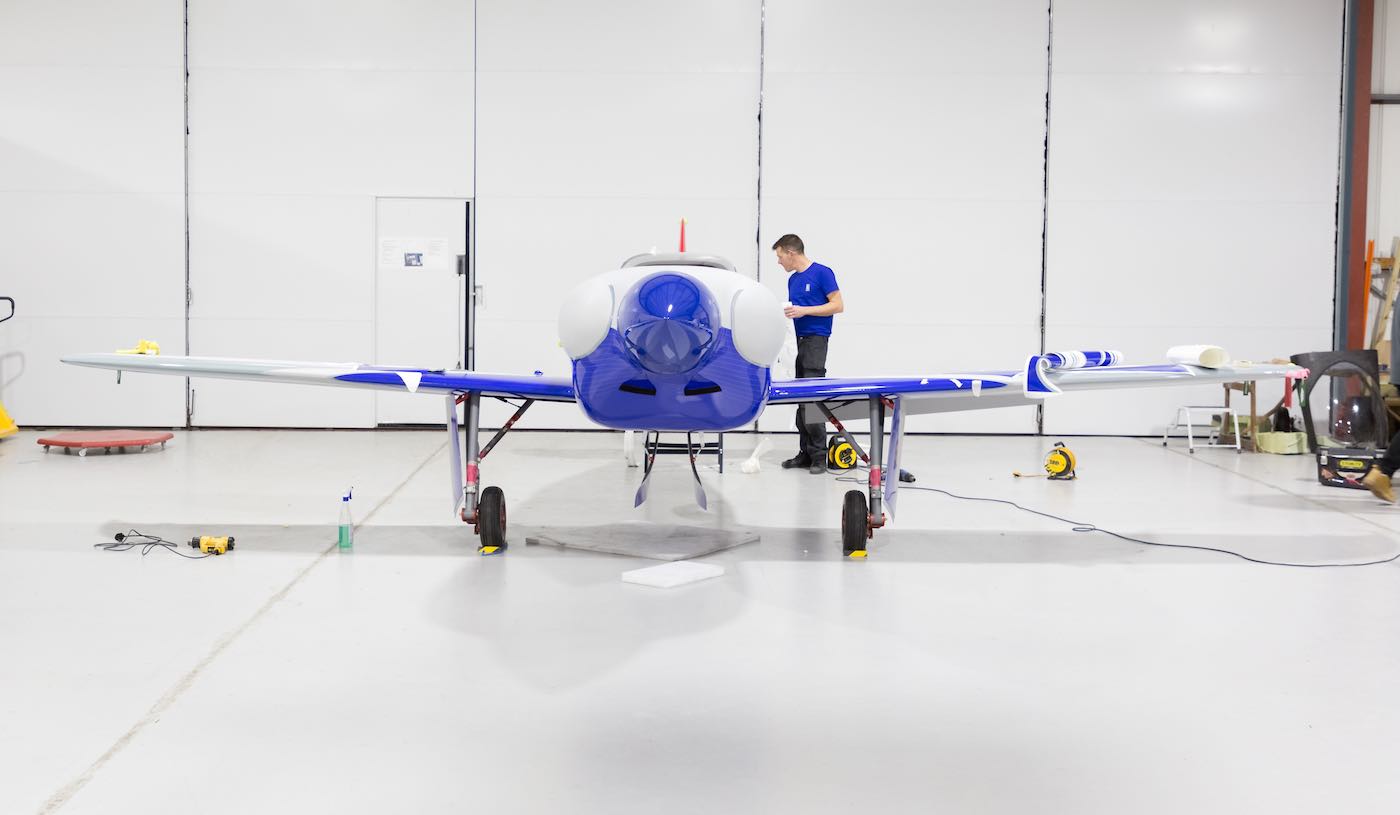
This week, Rolls-Royce unveiled its first all-electric plane—and they are aiming for it to be the fastest sustainable aircraft in the world.
After the iconic automotive company presented the machine at Gloucestershire Airport in Staverton, England, they will now begin work on integrating the groundbreaking electrical propulsion system to enable the zero-emissions plane to make a run for the record books.
The plane will be targeting a speed of more than 300 miles per hour (480 kilometers per hour) in order to break the record when it deploys in the spring.
The aircraft, which is part of an initiative called Accelerating the Electrification of Flight (ACCEL), is a key part of the company’s new strategy to champion electrification.
The ACCEL project plane will have the most power-dense battery pack ever assembled for an aircraft, providing enough energy to fuel 250 homes or fly 200 miles on a single charge. Its 6,000 cells are packaged to minimize weight and maximize thermal protection.
Furthermore, an advanced cooling system ensures optimum performance by directly cooling the battery cells during the high-power record runs.

Rolls-Royce Electrical Director Rob Watson said: “Building the world’s fastest all-electric aircraft is nothing less than a revolutionary step change in aviation.
“This is not only an important step towards the world-record attempt but will also help to develop Rolls-Royce’s capabilities,” he added. “[It will] ensure that we are at the forefront of developing technology that can play a fundamental role in enabling the transition to a low carbon global economy.”

Power Up With Positivity By Sharing The Exciting News With Your Friends On Social Media…





















Thumbs up for using electric propulsion in an aircraft. It has multiple advantages e.g. high torque, high thermal efficiency, small engine profile and there is no loss of power with density altitude compared to an internal combustion engine equivalent. In addition there are plenty of spaces and hidey holes in an aircraft to place lithium batteries. As the energy in lithium batteries is used, their weight doesn’t alter significantly, compared to conventional fuel (no altered centre of gravity issues if they are placed in the nose or tail sections for instance).
However, as a pilot I would feel vulnerable flying this aircraft without an ejection seat and parachute. Have you ever seen what happens to a lithium battery when it is damaged or shorts out? There is a lot of energy packed into these cells and if they fail, this energy is released suddenly and catastrophically. I recently had the battery in my phone burst into flames – fire, smoke, poisonous fumes, burnt fingers etc. I barely had enough time to get it out of my pocket. I dropped it on the floor because of the heat – I couldn’t even get it out of the room before it disintegrated. If a cell or group of cells catastrophically fails and shorts out in an electric aircraft while in flight, the result could be tragic. Because these cells are so densely packed, a failure could cascade into a chain reaction. The unfortunate aviator could end up unwittingly piloting a man-made comet, with insufficient time to choose a suitable emergency landing area.
Just putting it out there…